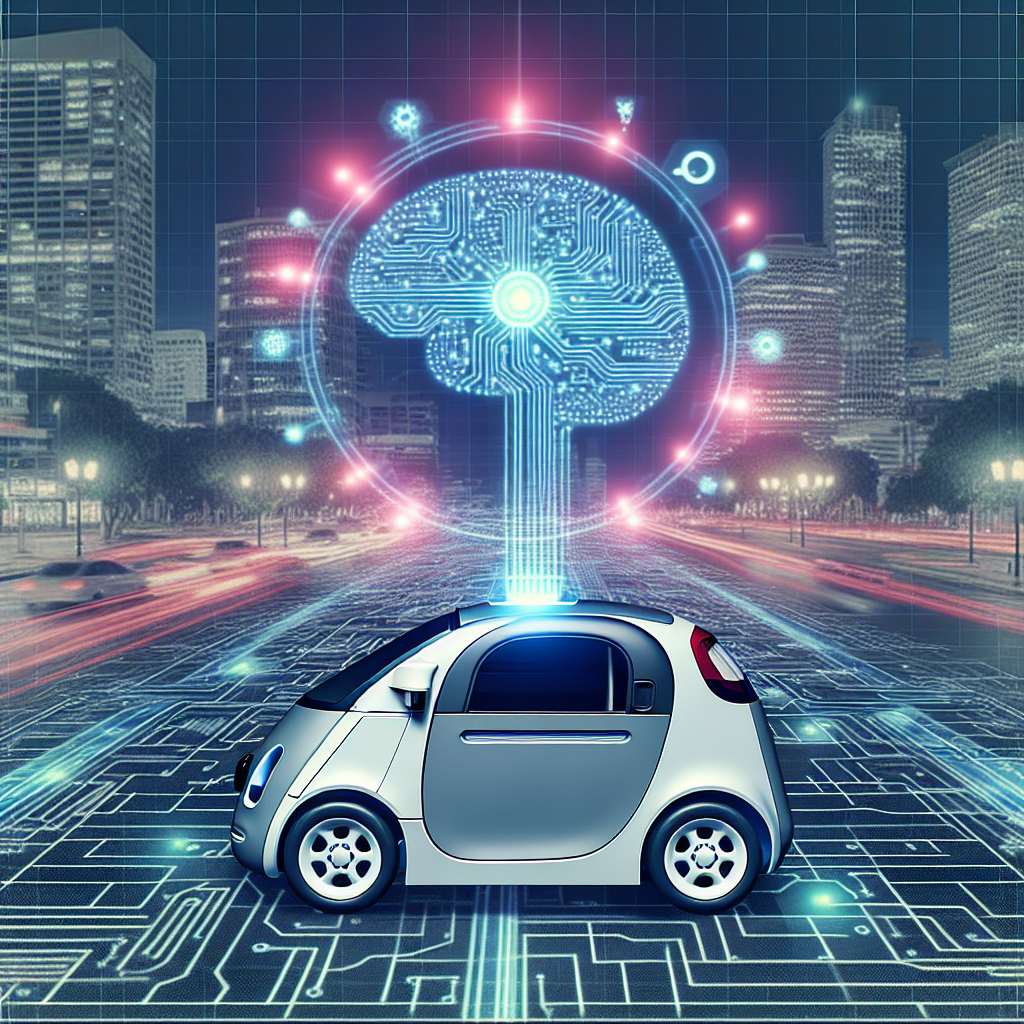The Role of AI Integration in Autonomous Vehicles
Artificial Intelligence (AI) has been making significant strides in the field of autonomous vehicles, revolutionizing the way we think about transportation. AI integration is crucial for the development and advancement of autonomous vehicles, as it plays a key role in enabling these vehicles to navigate and make decisions on their own. In this article, we will explore the importance of AI integration in autonomous vehicles and how it is shaping the future of transportation.
AI Integration in Autonomous Vehicles
AI integration in autonomous vehicles involves the use of advanced algorithms and machine learning techniques to enable these vehicles to perceive their surroundings, make decisions, and navigate safely and efficiently. The integration of AI technology in autonomous vehicles is essential for ensuring their functionality and reliability, as it allows them to adapt to changing environments and make informed decisions in real-time.
One of the key components of AI integration in autonomous vehicles is computer vision, which enables the vehicles to perceive their surroundings and detect obstacles, pedestrians, and other vehicles on the road. Computer vision algorithms use image recognition and object detection techniques to analyze the visual data captured by cameras mounted on the vehicle, allowing it to navigate safely and avoid collisions.
Another important aspect of AI integration in autonomous vehicles is machine learning, which enables the vehicles to learn from their experiences and improve their performance over time. Machine learning algorithms analyze the data collected by sensors and cameras on the vehicle, allowing it to make informed decisions based on patterns and trends in the data. This enables the vehicle to adapt to changing driving conditions and make decisions in real-time, ensuring safe and efficient navigation.
AI integration in autonomous vehicles also involves the use of sensor fusion technology, which combines data from multiple sensors, such as cameras, lidar, and radar, to create a comprehensive picture of the vehicle’s surroundings. Sensor fusion algorithms use advanced signal processing techniques to integrate and analyze the data from different sensors, allowing the vehicle to accurately perceive its environment and make decisions based on the information gathered.
The Role of AI in Enhancing Safety and Efficiency
AI integration plays a crucial role in enhancing the safety and efficiency of autonomous vehicles, as it enables them to navigate and make decisions in a way that minimizes the risk of accidents and improves the overall driving experience. By using advanced algorithms and machine learning techniques, autonomous vehicles can detect and respond to potential hazards on the road, such as pedestrians, cyclists, and other vehicles, in real-time, ensuring safe and efficient navigation.
AI integration also enables autonomous vehicles to optimize their driving behavior and make decisions that improve fuel efficiency and reduce emissions. By analyzing traffic patterns, road conditions, and other environmental factors, AI algorithms can help autonomous vehicles choose the most efficient routes and driving speeds, reducing fuel consumption and minimizing environmental impact.
In addition, AI integration in autonomous vehicles can help improve traffic flow and reduce congestion on the roads. By analyzing traffic data and making real-time decisions, autonomous vehicles can coordinate with each other and with traditional vehicles to optimize traffic flow and reduce bottlenecks, leading to smoother and more efficient transportation systems.
FAQs
Q: How do autonomous vehicles use AI to navigate safely?
A: Autonomous vehicles use AI technology, such as computer vision and machine learning algorithms, to perceive their surroundings, detect obstacles, and make informed decisions in real-time. By analyzing visual data from cameras and other sensors, autonomous vehicles can navigate safely and avoid collisions on the road.
Q: How do autonomous vehicles learn from their experiences?
A: Autonomous vehicles use machine learning algorithms to analyze the data collected by sensors and cameras on the vehicle, allowing them to learn from their experiences and improve their performance over time. By identifying patterns and trends in the data, autonomous vehicles can adapt to changing driving conditions and make decisions in real-time.
Q: How do autonomous vehicles optimize their driving behavior?
A: Autonomous vehicles use AI algorithms to optimize their driving behavior and make decisions that improve fuel efficiency and reduce emissions. By analyzing traffic patterns, road conditions, and other environmental factors, autonomous vehicles can choose the most efficient routes and driving speeds, reducing fuel consumption and minimizing environmental impact.
Q: How do autonomous vehicles improve traffic flow and reduce congestion?
A: Autonomous vehicles use AI technology to analyze traffic data and make real-time decisions that optimize traffic flow and reduce congestion on the roads. By coordinating with each other and with traditional vehicles, autonomous vehicles can reduce bottlenecks and improve the overall efficiency of transportation systems.
In conclusion, AI integration plays a crucial role in the development and advancement of autonomous vehicles, enabling them to navigate safely and efficiently in a variety of driving conditions. By using advanced algorithms and machine learning techniques, autonomous vehicles can perceive their surroundings, make informed decisions, and optimize their driving behavior, leading to safer and more efficient transportation systems. As AI technology continues to evolve, we can expect to see further improvements in the performance and capabilities of autonomous vehicles, shaping the future of transportation in the years to come.

